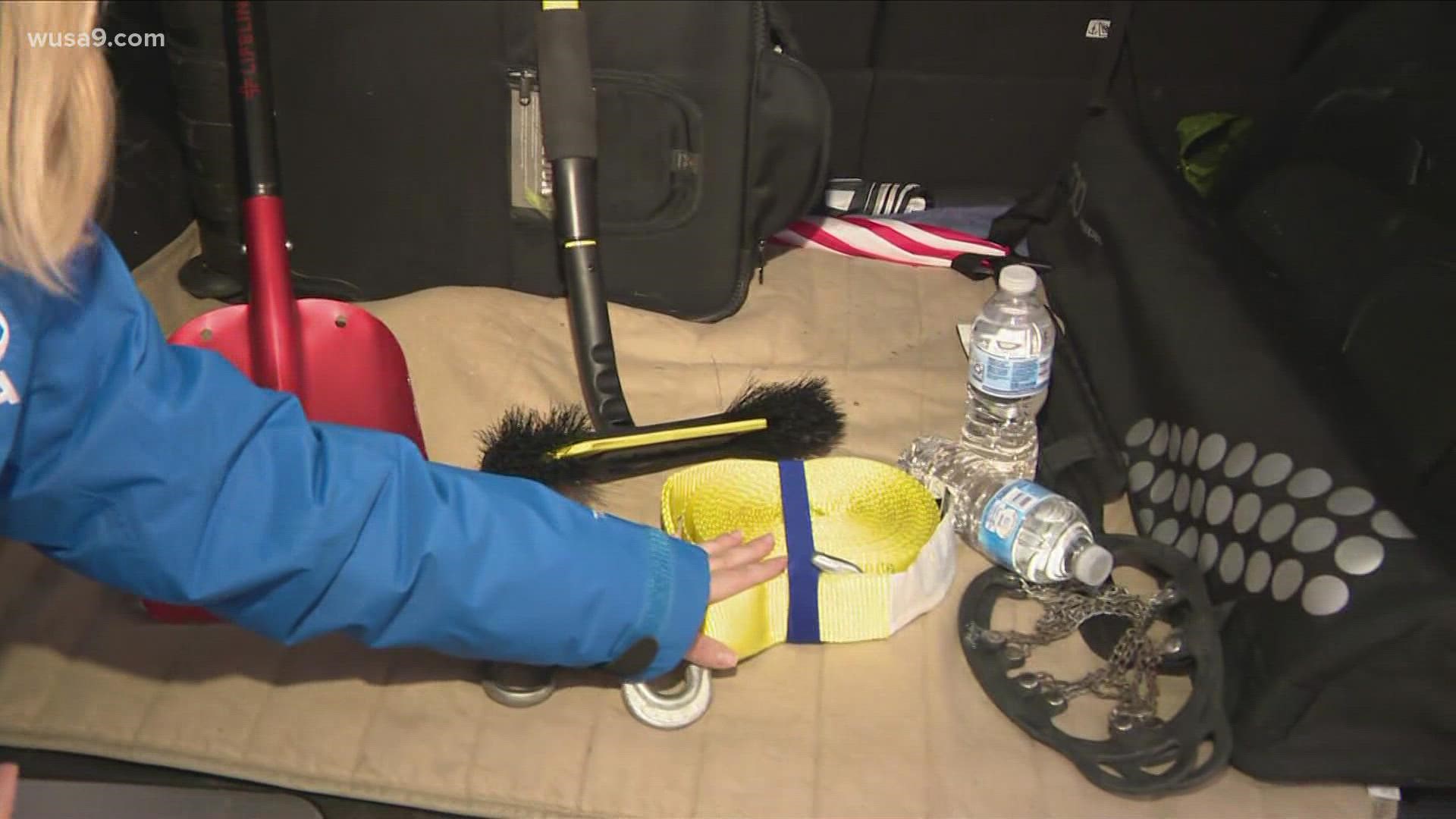WASHINGTON — Five people are in the hospital after a defective furnace released "high levels" of carbon monoxide into an apartment building on Saturday, according to D.C. Fire and EMS. Two of those people are in serious condition, the agency said.
Fire crews responded to a building on the 1000 block of 17th Street in Northeast D.C. at around noon. Five people were taken to the hospital and the rest of the building was evacuated, according to D.C. Fire and EMS.
Carbon monoxide levels in the building returned to normal once crews found and shut down the furnace and ventilated the building, D.C. Fire and EMS said.
Three people who live in the building will need to find another place to stay for now, the agency said. The fire department notified the Red Cross of the National Capital and Greater Chesapeake Region for assistance.
In an interview with WUSA9, a neighbor described seeing residents of the tight-knit apartment building rescued by firefighters, saved from the toxic air.
"A few of them were here, set in the gurneys, passed out," the man said. "I was holding their hands. One was squeezing back to let me know they were still alive."
The apartment did not have any carbon monoxide alarms, D.C. Fire and EMS said. According to the CDC, carbon monoxide alarms are critically important because the gas can't be seen or smelled and fatal levels can be produced in just minutes.
Neighbors recounted having heating problems in the ageing building for years, with few repairs made. A request for comment sent to the building's landlord Saturday evening was not returned.
Taking steps to protect yourself from carbon monoxide poisoning is important, especially in the winter when most people are using heating systems. The CDC outlines several tips below:
- Install a battery-operated carbon monoxide detector in the hallway near each bedroom
- Check the battery twice a year and replace the detector every five years
- Have your furnace, water heater and gas or coal-burning appliances serviced by a technician every year
- Never use a generator inside your home, basement or garage or less than 20 feet from any opening into your house
- Never run a car in a garage that is attached to a house, even with your garage door open

